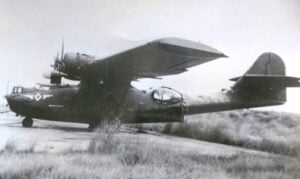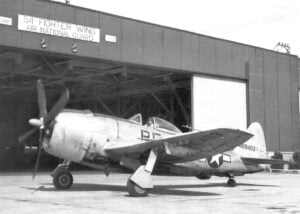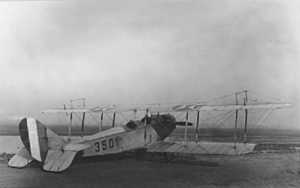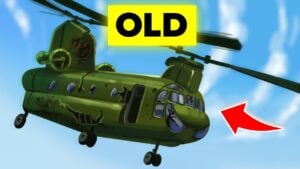German Pilots Laughed At The P-51 Mustang, Until Its .50s Turned Luftwaffe Dogfights Into Slaughter
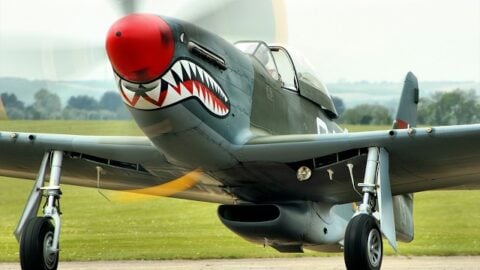
YouTube / Did This Really Happen?
Few aircraft have captured the public’s imagination like the North American P-51 Mustang. To the young fighter pilots who flew it in the final year of World War II, the Mustang symbolized freedom, dominance, and the turning of the air war in Europe.
From Experiment to Icon
In 1941, the U.S. Army Air Forces received two experimental XP-51s. Test flights showed promise, yet the service was hesitant to commit. Thanks to General Hap Arnold, 55 Mustangs from a British order were retained and converted into F-6A photo-reconnaissance aircraft, which served in North Africa in 1943.
Early Mustangs, powered by Allison engines, performed well at low altitudes but lacked power higher up. Most of these aircraft were sent to the China-Burma-India theater, where combat took place closer to the ground.
A variant called the A-36 Apache arrived in 1943, modified for dive-bombing missions. It fought effectively across North Africa, Italy, and India, proving the Mustang’s ruggedness and versatility.
The Game-Changer: The Merlin Engine
Everything changed in late 1942 when engineers fitted the Mustang with the British Rolls-Royce Merlin engine. The transformation was dramatic. One test flight reached 441 mph at nearly 30,000 feet, almost 100 mph faster than earlier models. This success led to the mass production of the P-51B and P-51C.
By December 1943, these Mustangs were flying with the 354th Fighter Group, escorting bombers deep into enemy territory. When U.S. bombers reached Berlin in March 1944, it was the Mustang that kept them safe.
The improved P-51D soon followed, featuring a bubble canopy for 360-degree visibility, six .50-caliber guns, and better ammunition feeds. Nearly 8,000 were built, cementing its place in aviation history.
Strategic Impact
The P-51 gave life to the Allied concept of strategic bombing, ensuring bombers could reach targets deep within Germany and return home. It was more than a fighter. It was a symbol of how technology and courage together could change the course of history.














